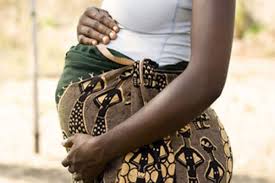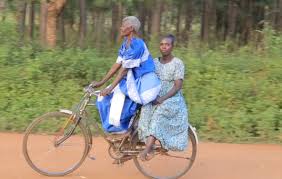In most conversations around gender-based violence, women are rightly seen as the primary victims. However, the story of Paul Weboya, popularly known as Mr. Hashtag on X (formerly Twitter), challenges this one-sided narrative and highlights a largely ignored reality—men too can be victims of domestic abuse.
Paul recently shared his painful experience of enduring emotional, verbal, and physical abuse during his marriage to his now ex-wife, Mutoni. Through photos and videos posted on X, he offered rare public evidence of the violence he faced behind closed doors—evidence he said he once only shared with close friends to protect himself from false accusations.
“I shared those videos with my inner circle because she’d twist every argument to make me the villain,” Paul said.
His account reveals a disturbing pattern: manipulation, gaslighting, and even physical assault, which he claims were routinely dismissed when he sought help. Despite being the victim, Paul says he was labeled a “deadbeat father” and was cut off from playing an active role in his child’s life.
In a television interview, Mutoni denied the allegations, even shedding tears on screen and portraying herself as the one who suffered. Paul, however, insists her emotional display was deceptive—”crocodile tears,” he called them.
While cases like Paul’s are often invisible, they are far from isolated. According to a 2021 report by the World Health Organization, 10% to 30% of men worldwide have experienced domestic abuse, though many never report it due to shame, fear, or disbelief from authorities and society. This gender bias means that male victims often fall through the cracks of a system primarily built to protect women.
While the push to protect women remains critical, Paul’s story calls for a more inclusive conversation—one that acknowledges male victims without undermining the struggles of female survivors. Civil institutions, legal frameworks, and public awareness must all evolve to ensure that no victim—regardless of gender—is left unheard or unsupported.
This raises a powerful question:
Who will speak for the boy child, the man who suffers in silence because society tells him to be strong, not broken?



